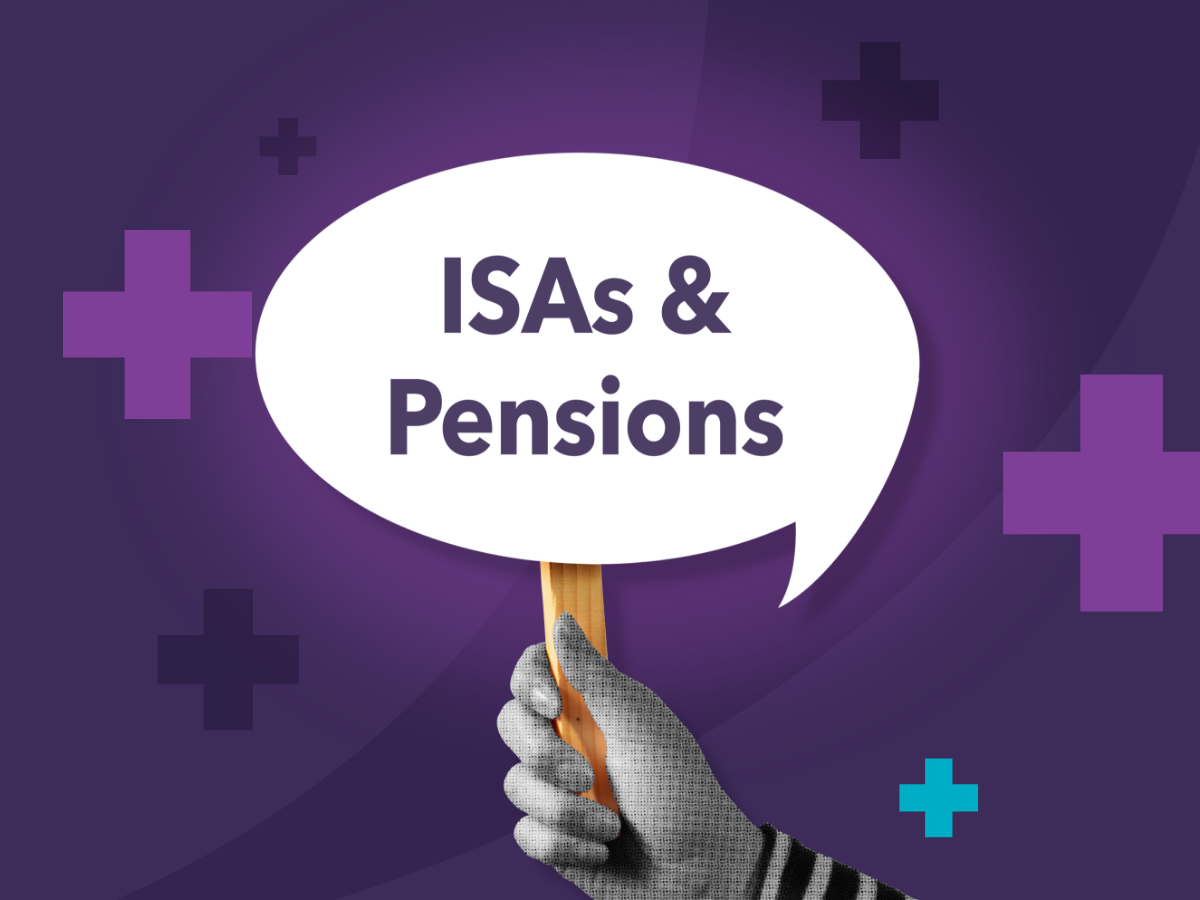
What is it you’ve always wanted to know about investing through an ISA or Pension? At True Potential we employ an expert customer care team at our Head Office, and they’ve compiled their most asked questions from our own clients on investing.
ISA and Pensions are two of the most popular ways to invest, and a good understanding of ISAs and Pensions could enable you to do more with your money. As with any investment, set your goal, invest regularly, and track your performance over the long term. By staying disciplined to your goal, little and often investing through your ISA and Pension could help you to realise your financial aspirations. Keep in mind that when investing your investment value could go down as well as up.
Here are some of the most asked questions we’ve received from clients on ISAs and Pensions, consider how these answers could help you to do more with your money today.
Can I invest monthly into a Stocks & Shares ISA?
Yes, you can make monthly investments into a Stocks & Shares ISA and you don’t have to start off with a big lump sum. With True Potential you can start your investment with just £1 and set up a direct debit into your investment to potentially make your investment journey more consistent in terms of little and often investing.
Little and often investing over a long-term period could be a successful strategy, with growth and compound growth helping you to reach your goal over time.
What are the minimum and maximum amounts I can invest in an ISA?
The minimum amount you can invest into an ISA may depend on your provider, with True Potential you can top up from £1.
The maximum amount you can invest (across all types of ISAs) is £20,000 for the 2023/24 tax year.
How can I withdraw from an ISA?
How you withdraw from your ISA will depend upon your ISA type and provider. For example, with some Cash ISA options you will invest for a fixed interest rate if you invest for a set period of time. By locking your money away for longer you may be able to receive a better rate for your Cash ISA.
With True Potential’s Stocks & Shares ISA this is a flexible ISA, meaning you can take out more than the allowance and put it back in your investment within the same tax year, without affecting your annual allowance Keep in mind however that it is generally recommended to invest into a Stocks & Shares ISA if you are able to remain invested for at least five years. You might not get back what you invested if you withdraw from your Stocks & Shares ISA, investment values fluctuate and any losses are only realised if you withdraw.
How to withdraw from your ISA will depend on your provider, with True Potential you can use the True Potential app or get in touch with our customer care team.
If I transfer an ISA does it impact my allowance?
Transferring your ISA will not affect your allowance, you are simply moving your holding from one provider to another. It will not count as a new ISA contribution for the tax year.
What are Junior ISAs?
A Junior ISA is an investment you can build for the future of a child. You can invest a Junior ISA as a Cash ISA or a Stocks & Shares ISA.
A cash Junior ISA is essentially a tax-free savings accounts for children (under the age of 18). A child’s parent or legal guardian must open the account on their behalf and the child can’t withdraw any funds until they turn 18, except under exceptional circumstances.
A Junior Investment ISA means your child’s money is invested in the stock market. Depending on your investment provider you can either pick your own investments on behalf of your child or select a managed option which will base investment choices on your appetite for risk. Speak to a financial adviser if you want to learn more about Junior ISAs.
Can I open a Junior ISA for my grandchild?
Only legal guardians of a child can open a Junior ISA, so only if the grandparent(s) are the legal guardians of the child.
How do you open a Junior ISA?
The ease of opening a Junior ISA will depend on the provider, but it should be relatively straightforward. You could choose to look for the Junior ISA that is best suited to your circumstances, or speak to a financial adviser if you are unsure about what to look for when choosing investments.
What is the difference between a SIPP and a Personal Pension?
A SIPP is a Self Invested Personal Pension. The main difference between a SIPP and a Personal Pension is that with a Self Invested Personal Pension you may have the ability to choose your own investments if the assets chosen are eligible for the SIPP. It will be dependent on individual scheme rules – for example, some SIPPs allow for commercial property to be held, whereas others don’t. In a Personal Pension, assets are subject to what the Pension provider will allow, and in a Workplace Pension will usually be chosen for you by your pension provider.
Can I increase my regular contributions into a Pension?
Yes, increasing the sum you pay into your Personal Pension each month could be a potential way to boost your savings.
With True Potential, and auto enrolment client can increase their contribution percentage within the True Potential app. Any other type of client will pay into their Pension from their net wage from their bank account, so they wouldn’t change the percentage they would change the monetary amount. Tax relief can typically be claimed on up to 100% of your earnings or £60,000 in the 2023/24 tax year, whichever is lower.
How and when can I withdraw from my pension?
You can withdraw from your Pension from 55 onwards, this will change to 57 from 6 April 2028. This change affects people born after 6 April 1971.
Withdrawing will involve getting in touch with your Pension provider or financial adviser. You’ll need to decide how you want to take your Pension, and getting financial advice beforehand is a good idea. Also consider information resources available such as Moneyhelper Pensionwise.
For example, from age 55 you are able to take 25% of your pot tax free with the remaining 75% being taxed as income at your marginal rate. You don’t need to take all of this at once and money left invested in your Pension may continue to grow over the long term. There are other options you should consider too, depending on your circumstances you may be suited to an alternative such as an annuity, you can find more information on alternatives to Pension drawdown here.
Remember, you may have a long life and the longer you are invested, only withdrawing what you need, may mean you can fund a long and fulfilling retirement.
Are you ready to do more with your money?
You have until midnight on April 5 2024 to use this tax year’s £20,000 ISA allowance and £60,000 Pension allowance. If you aren’t sure what to do next with your investment, speak with a financial adviser or please get in touch to speak to our knowledgeable team.
With investing, your capital is at risk. Investments can fluctuate in value and you may get back less than you invest. Past performance is not a guide to future performance. Product eligibility and tax rules apply. Tax is subject to an individual’s personal circumstances, and tax rules can change at any time. This blog is not personal financial advice.
Back to blog







